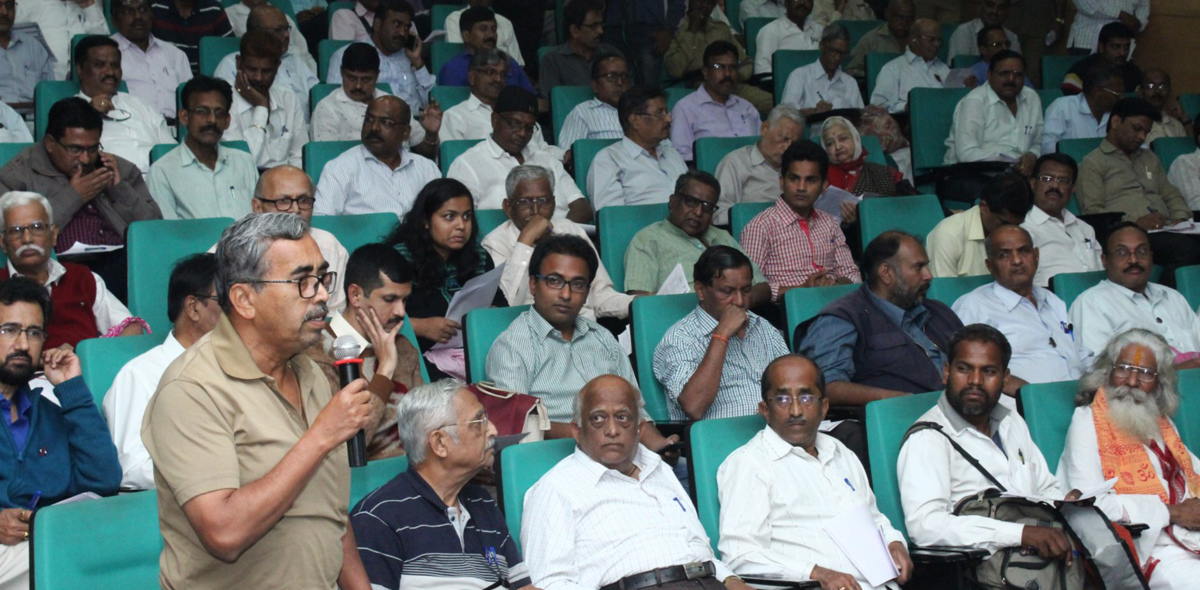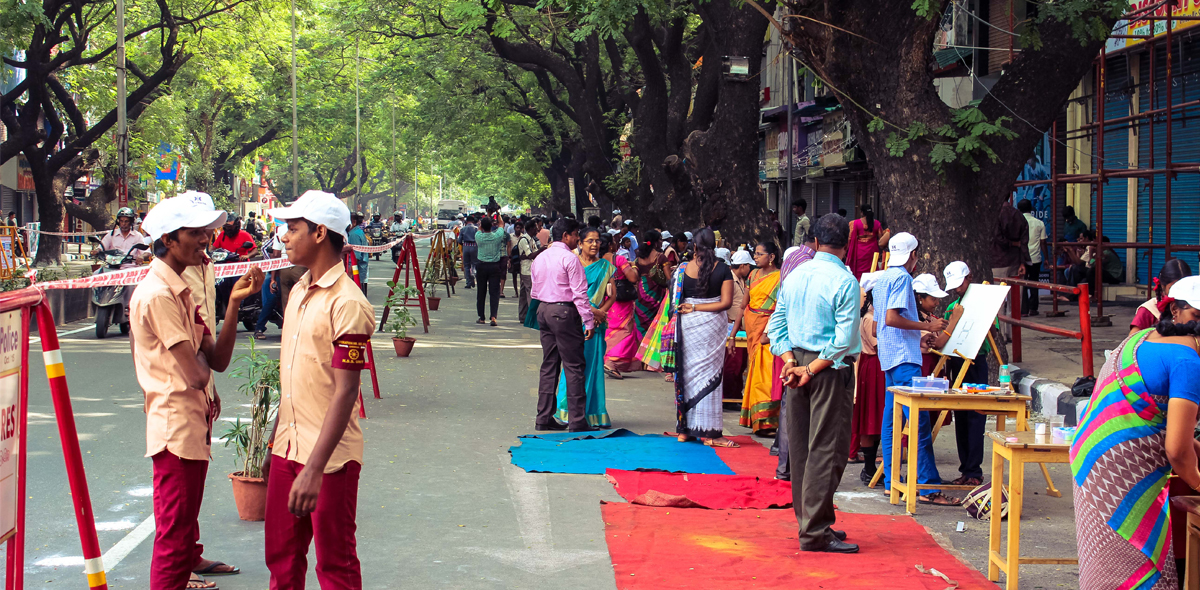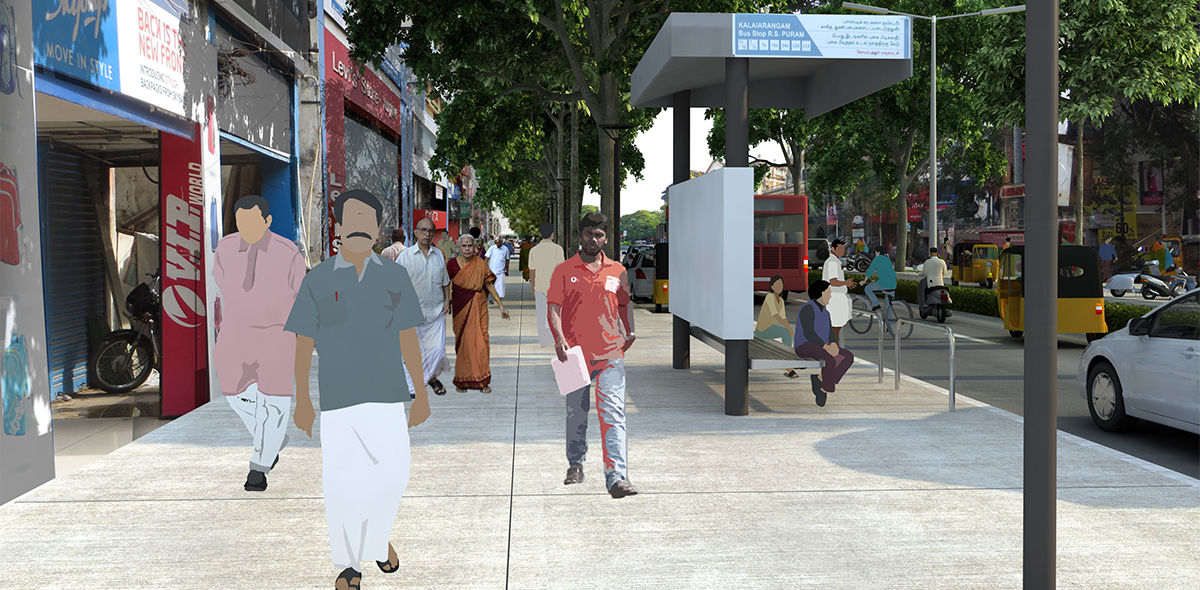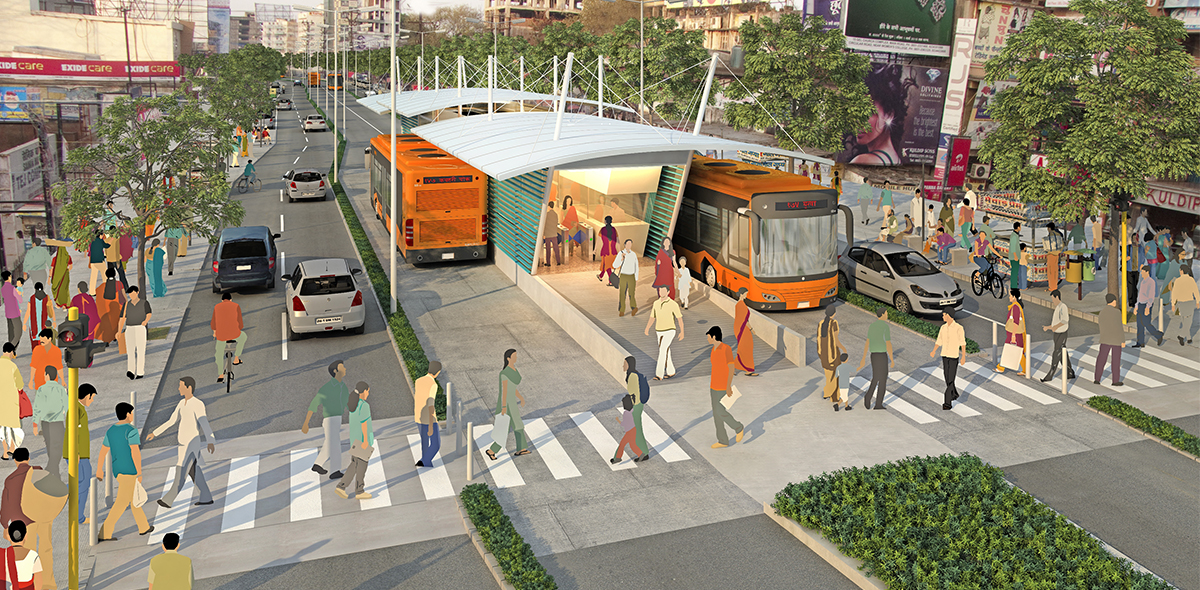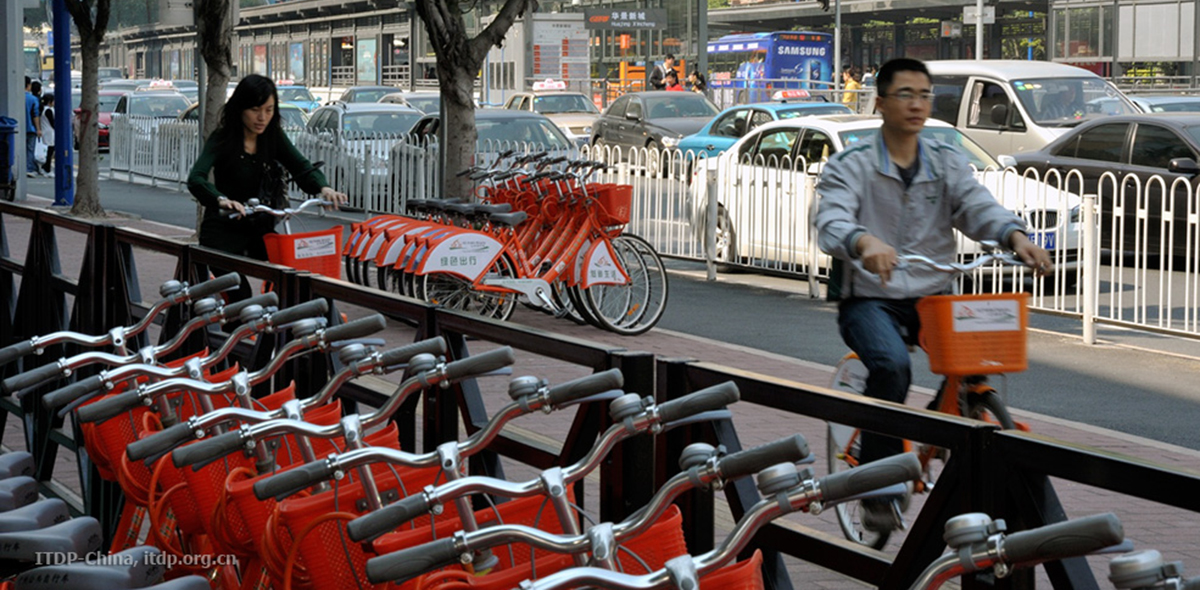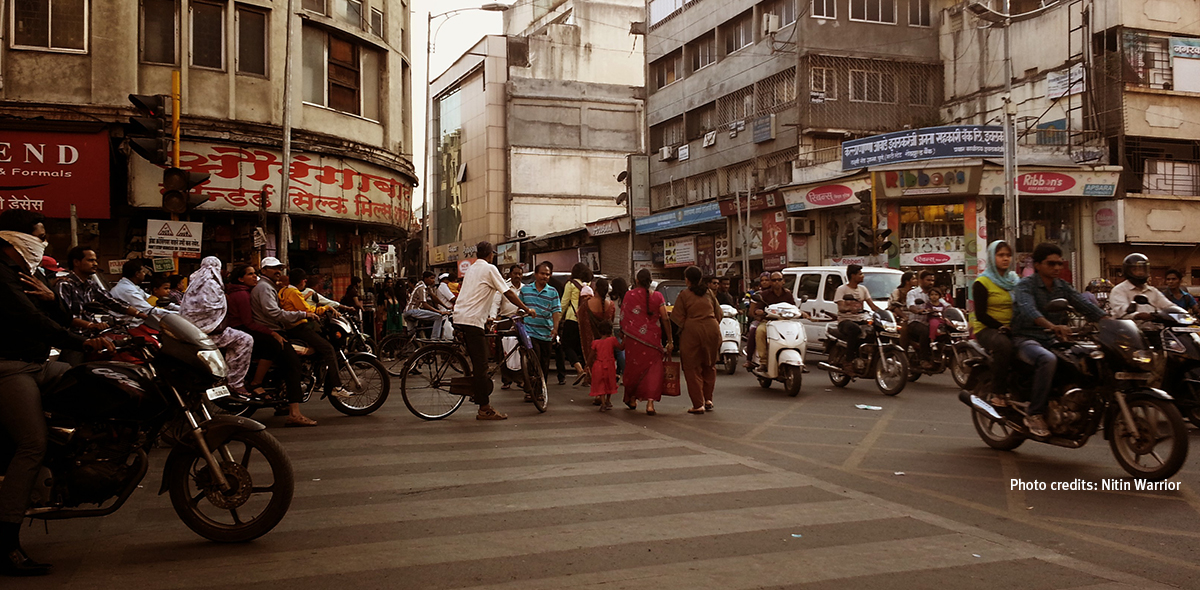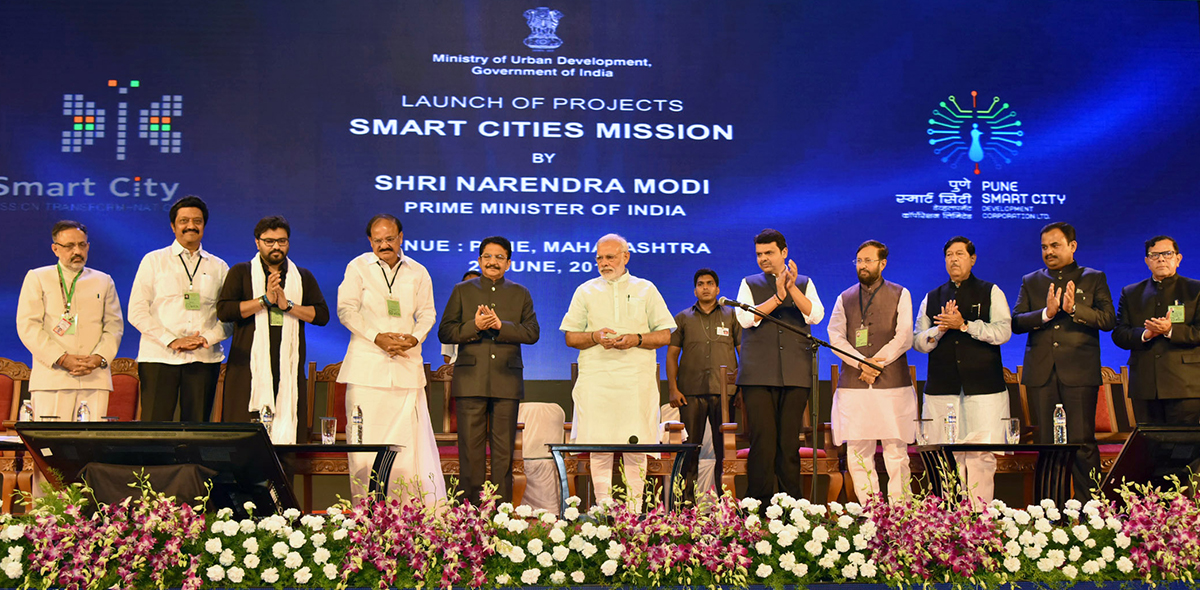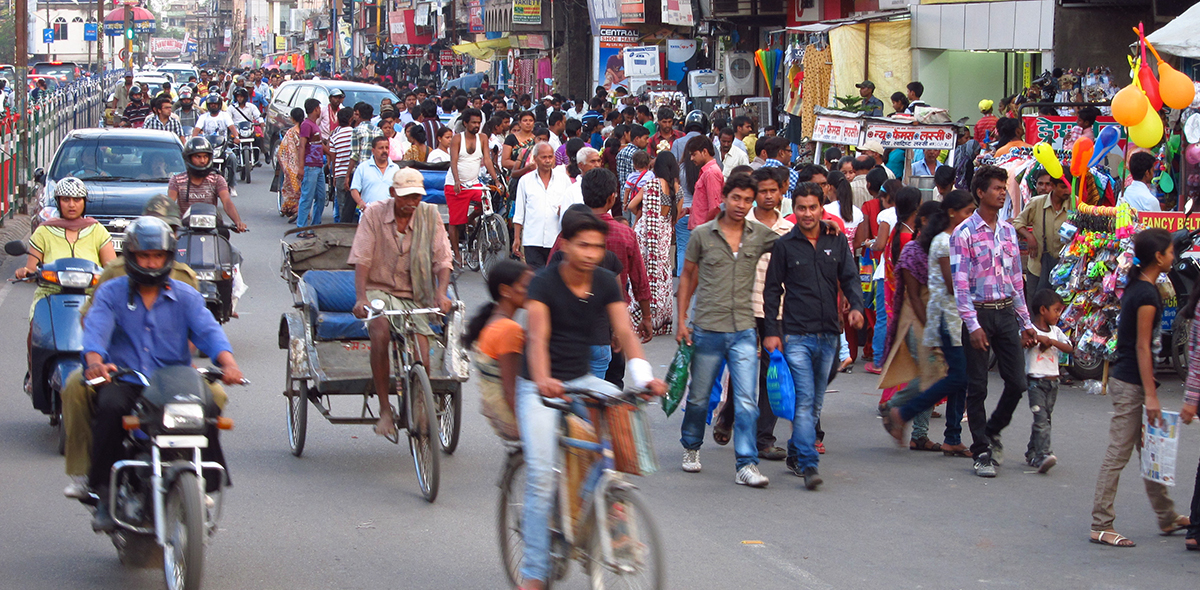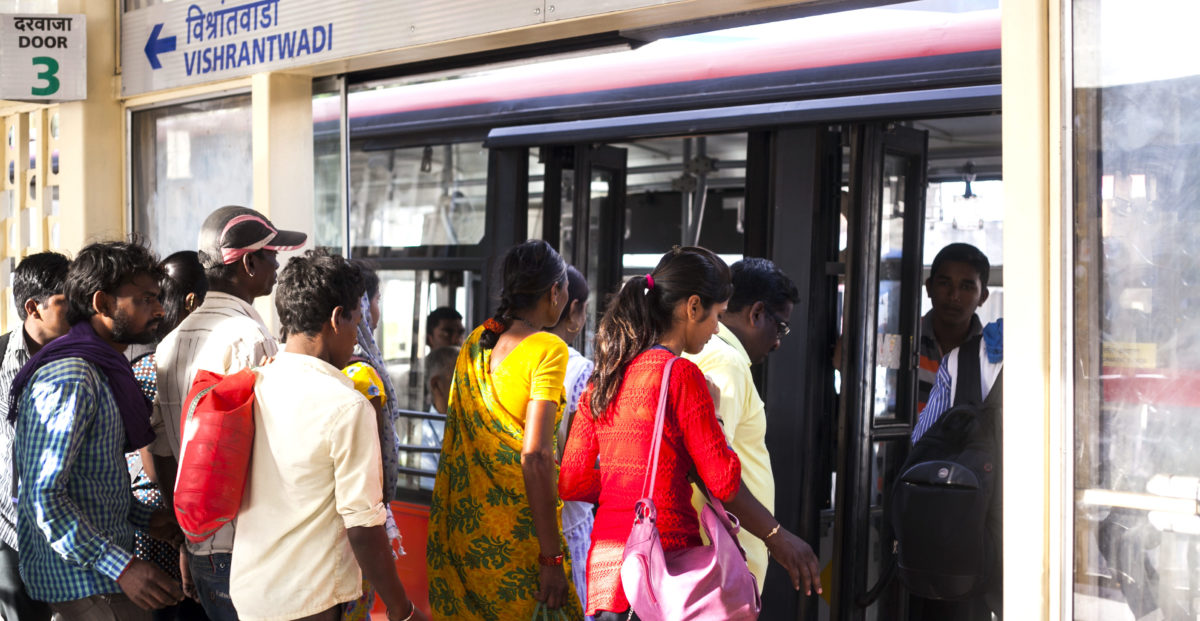“An online portal launched by the Government of India could be used to procure spare parts from traders at competitive rates.” “ PMPML (Pune Mahanagar Parivahan Mahamandal Limited) could look at fixed deposit investment plans for better fund-raising.” These ideas for PMPML’s business development plan were not suggested by a transport planner; neither by a banker nor a tech expert. These were suggestions from the young citizens of Pune at a citizens’ engagement workshop!
PMPML, the public transport service provider for the city of Pune, organised two such workshops in collaboration with Ernst & Young. The first workshop was held in Aundh on January 12th, 2017, followed by one in Pimpri on January 19th. The aim of the programme was to collect people’s feedback on existing public transport conditions in the city and their recommendations to improve bus services through PMPML’s business plan.

Pune’s youth voicing out their innovative ideas.
The business plan is an important step towards attaining a 40% modal share of public transport in the city – one of the goals in Pune’s comprehensive mobility plan. Ernst & Young & UMTC have been appointed to create the business plan. The business plan committee consisting of representatives from Nagrik Chetna Manch, Parisar, Pravasi Manch, Sajag Nagrik Manch & ITDP has helped PMPML put together the scope of work for the business plan and is also reviewing the consultants’ work.
The business plan will include short-term (3 years), medium-term (8-10 years) and long term (10-20 years) plans in order to achieve continued delivery of good service. Contrary to a business plan that generally comprises of purely technical details detached from the people and devoid of their inputs, PMPML’s plan is being made inclusive and people-oriented right from the scratch.
The citizens’ engagement workshops were a part of this strategy to include the public and get their on-ground opinion. During the workshop, several issues were brought forward, a majority of them focused on everyday transit ordeals. The physical condition of the bus, conflicts with the conductor and dissatisfaction with the driving, were a few of these concerns. The programme thus proved to be a good platform for PMPML to learn about these problems, which the agency has promised to resolve immediately.

Mr. Kunal Kumar, the chairman and managing director of PMPML, addressing the audience
Apart from micro-scale suggestions, macro-level long term ideas were also raised, especially by the youngsters in the crowd. These included ways to make the service more affordable and brand it better, for the benefit of both the users and the service provider. Another suggestion was to award points to PMPML employees as encouragement for good work. Fixed deposit investments could be considered for better fund-raising. Setting up an online portal to create a virtual marketplace for spare parts, thus promoting healthy competition among traders and better rates, was also suggested.
Comments from the workshops are currently being compiled to be included in the plan. Apart from the citizens engagement programme, people’s feedback is being collected in other methods as well such as on-board (during the journey) & off-board surveys by representatives from Ernst & Young. Photography, essay writing and slogan-phrasing competitions along with other contests have been organised to increase awareness of the use of public transport, while also gathering people’s thoughts on the issues.

By allowing people to voice out their opinion in different ways and acknowledging that stakeholders should play a key role in shaping any service for the people, Pune is setting a great example for other cities. Following Pune’s lead, Coimbatore is also organising an exhibition to showcase the design ideas for its Model Roads. This exhibition will also serve to collect people’s feedback on the proposal and help shape the final design. Coimbatore Smart Streets Exhibition is to be held on the 18th & 19th February, 2017.




